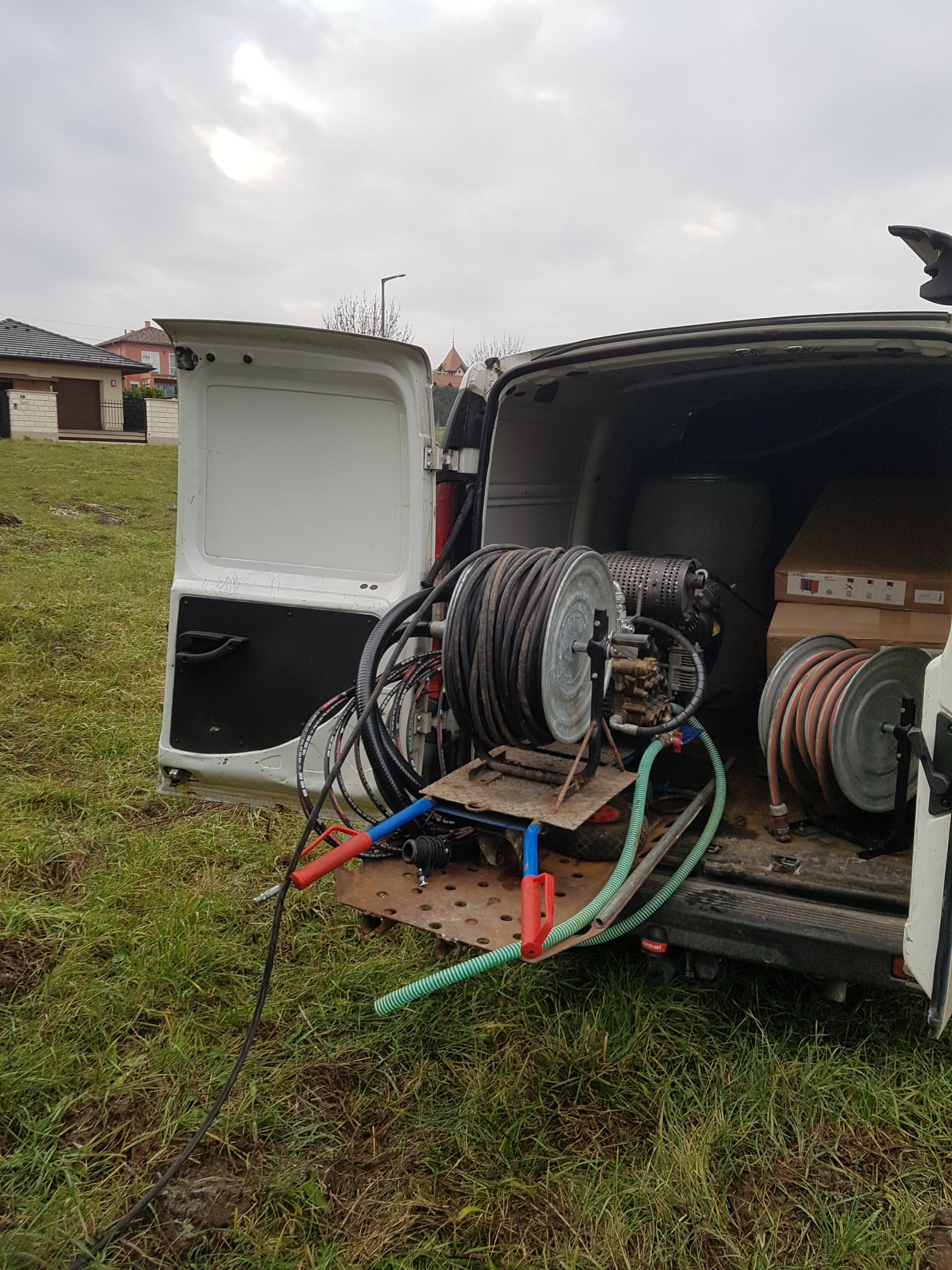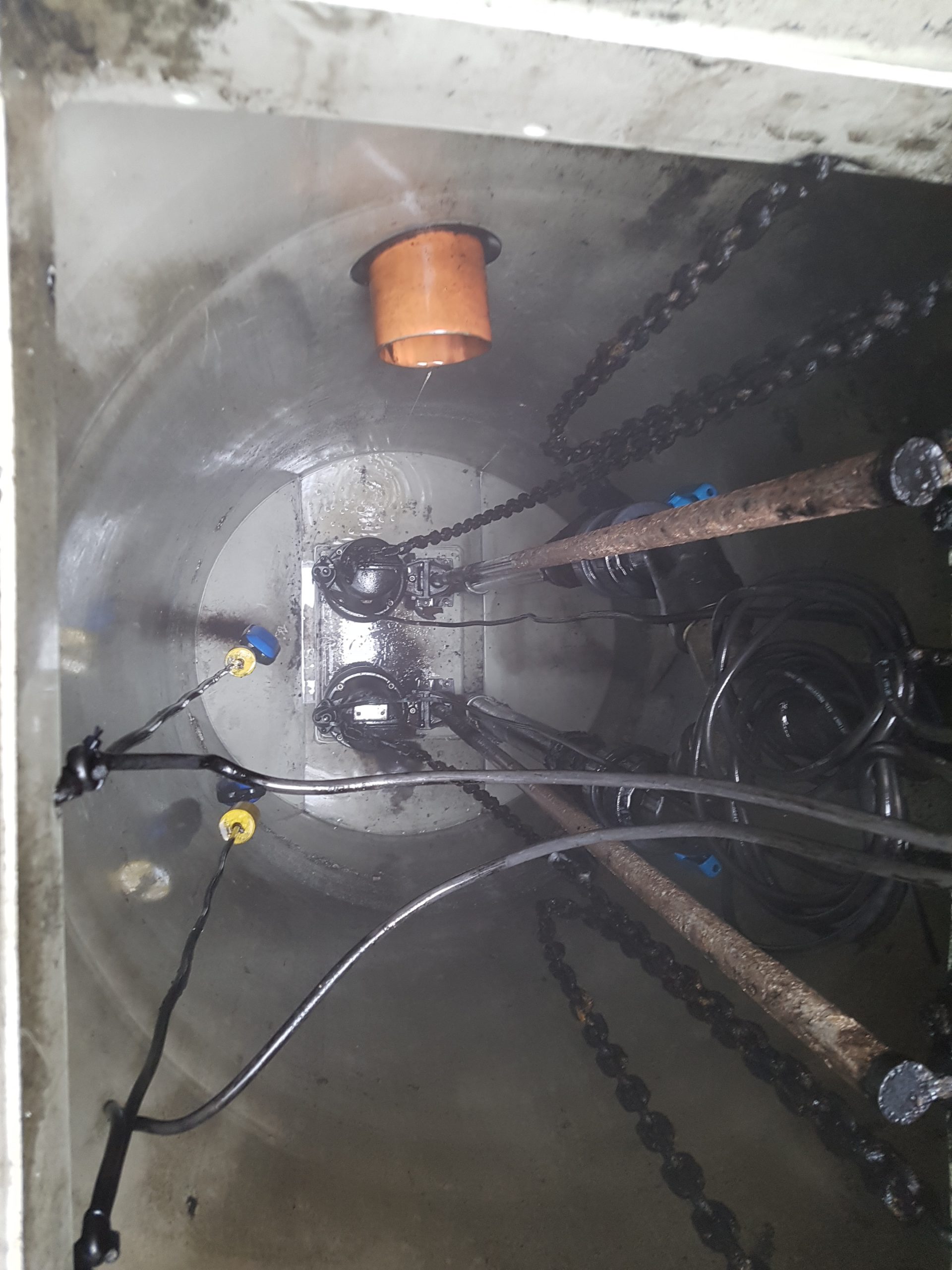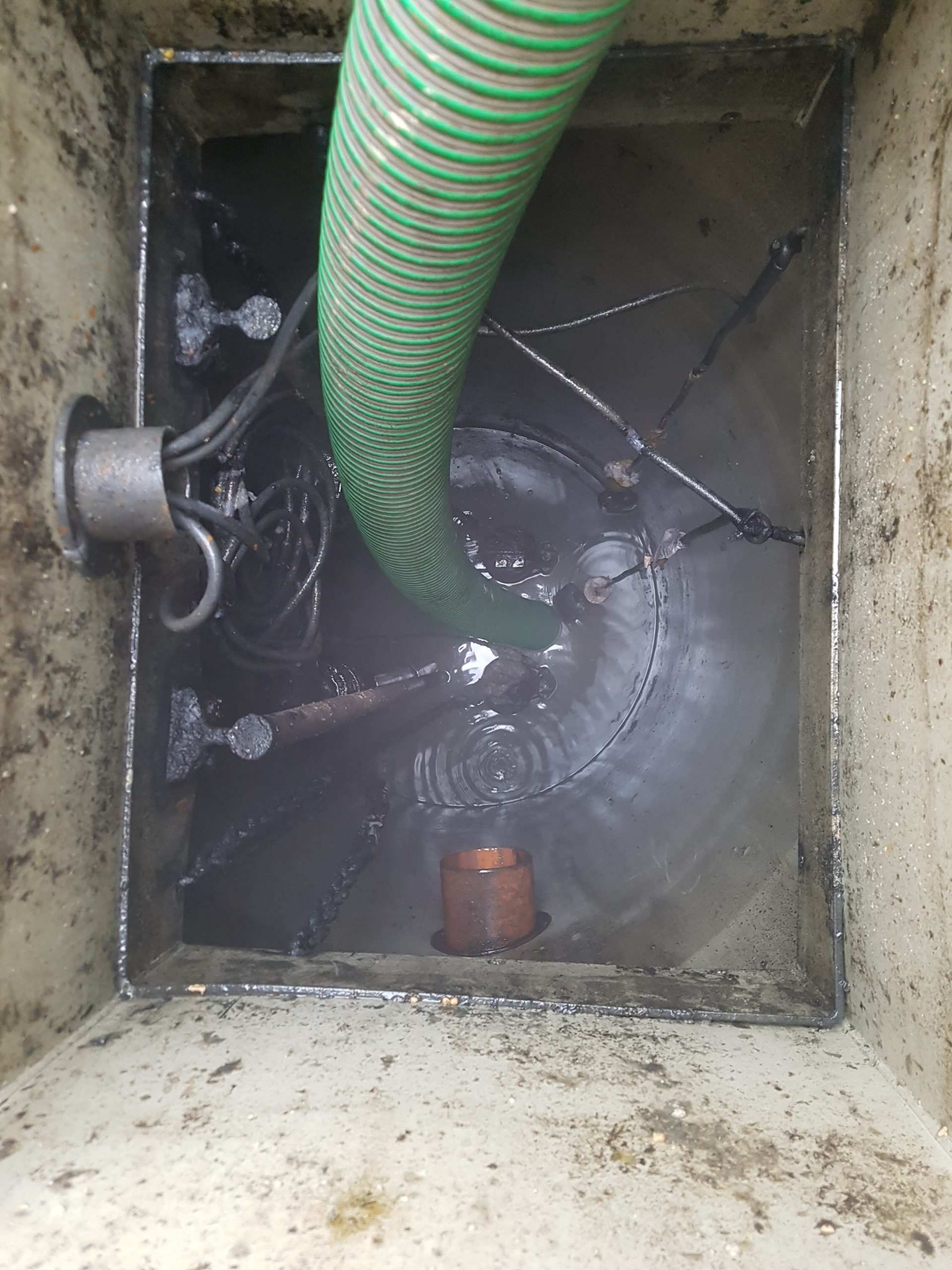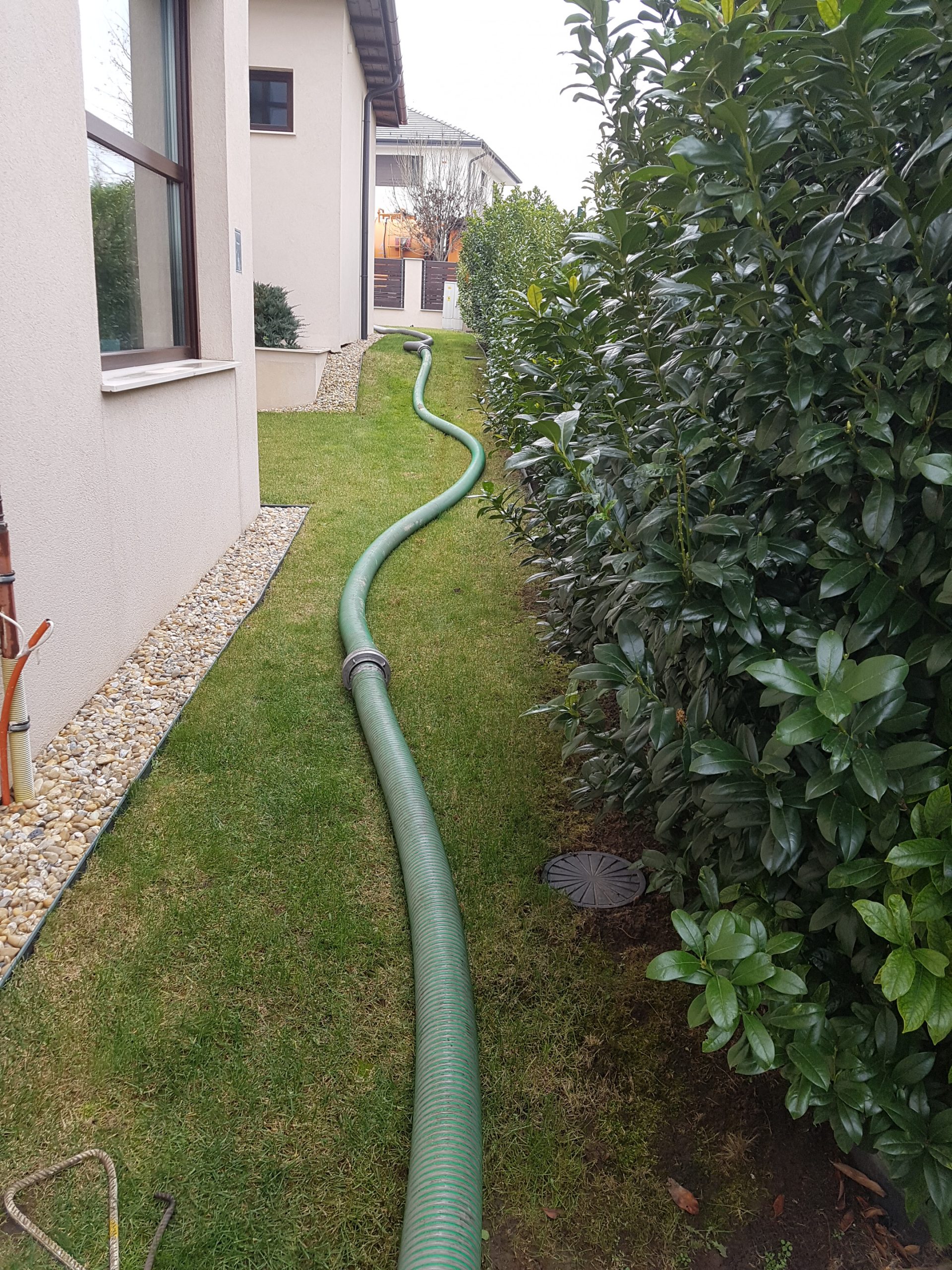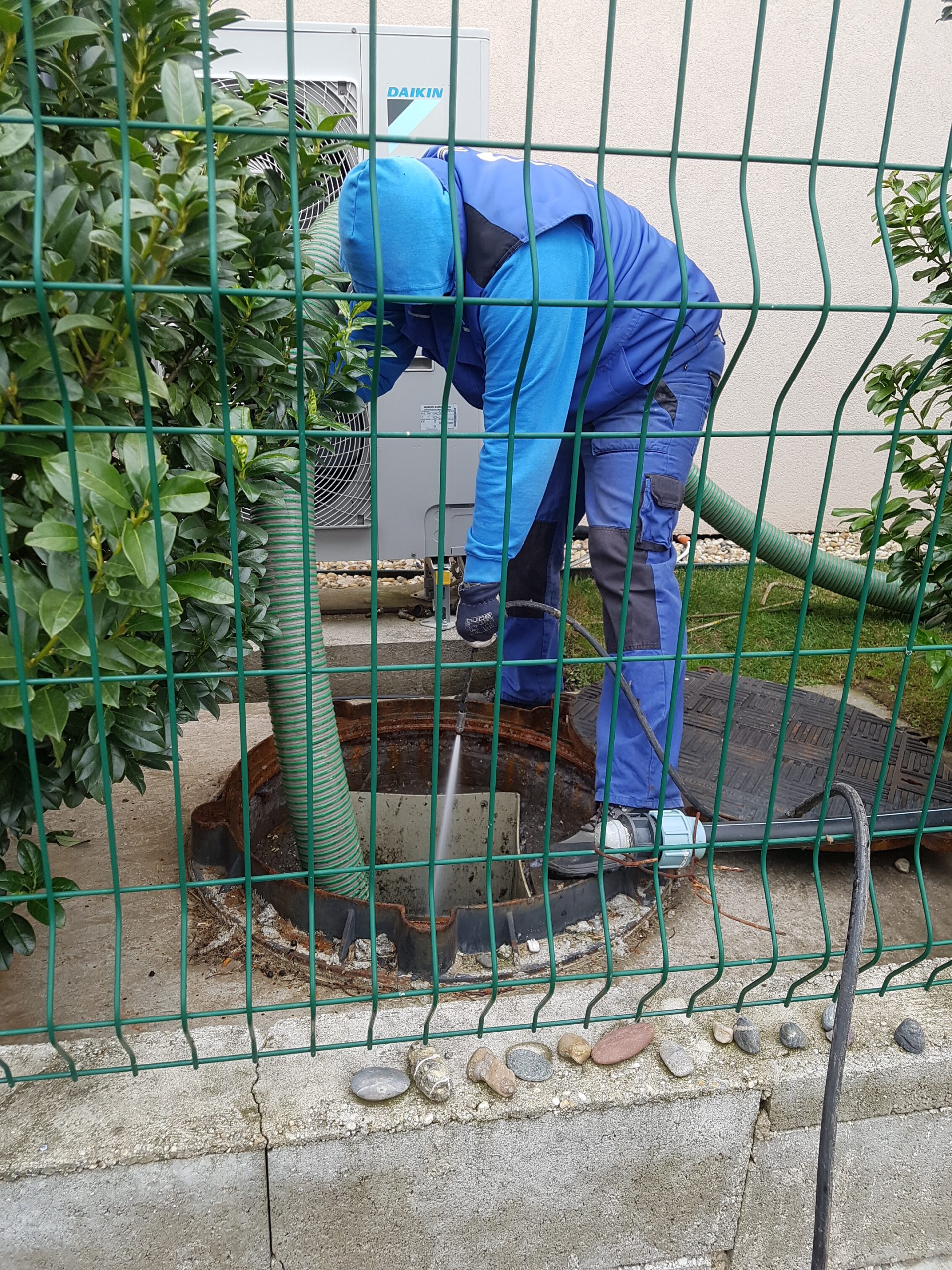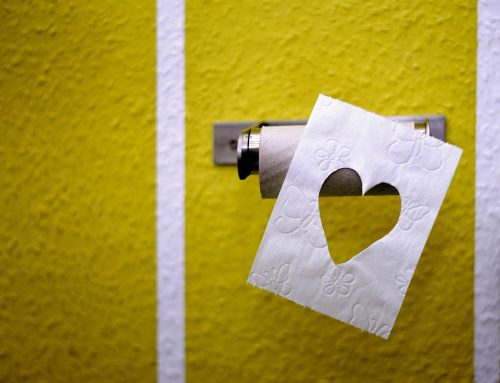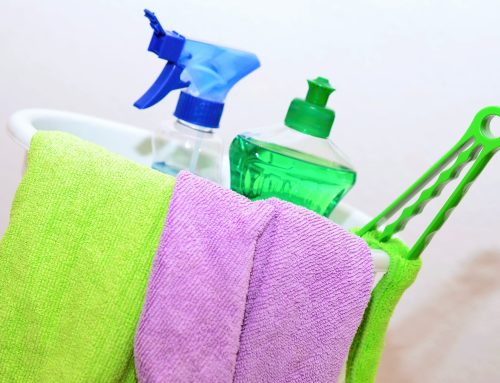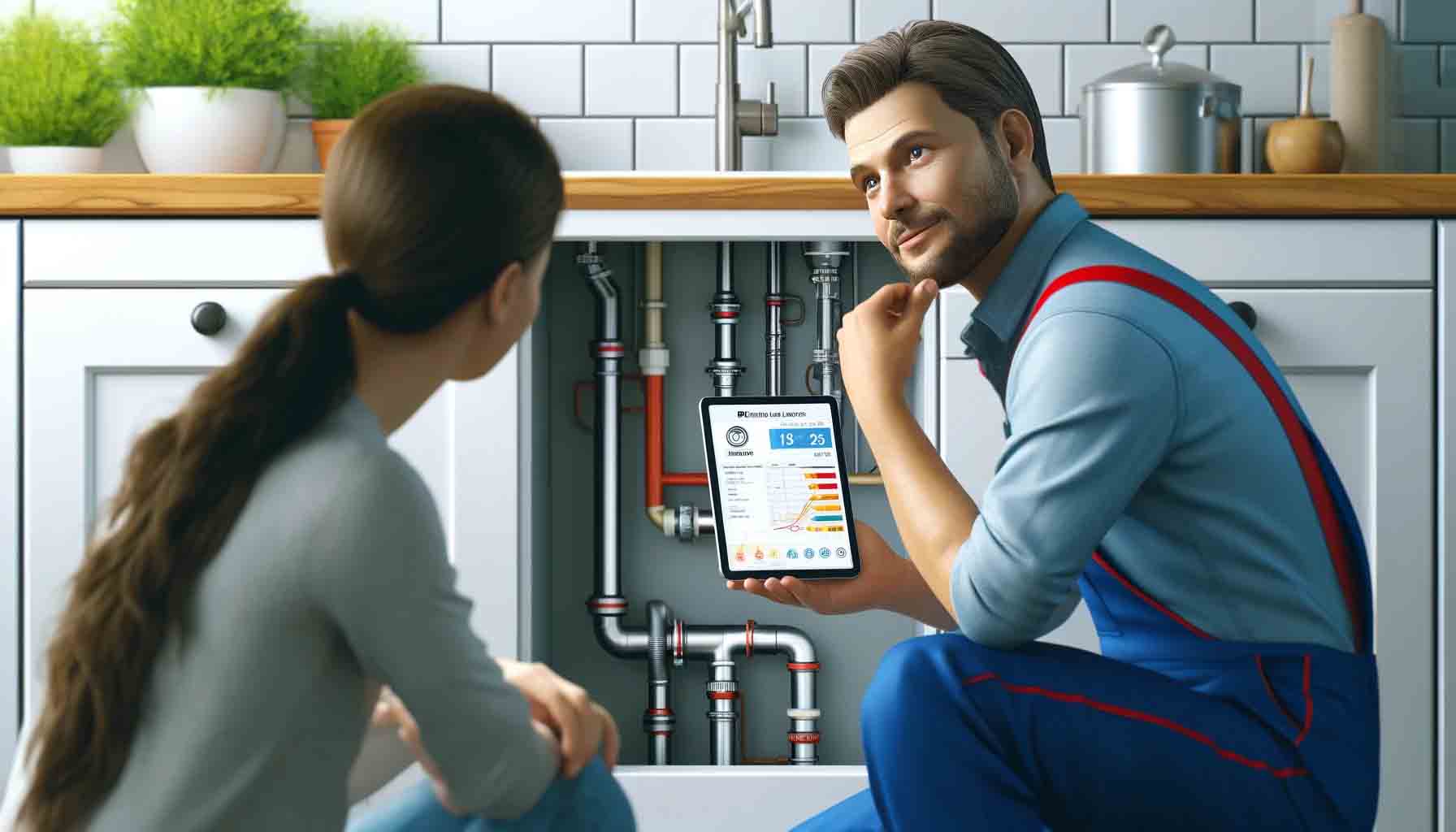Az átemelő szivattyú karbantartása kulcsfontosságú szerepet játszik a szivattyú hosszú élettartamának és megbízhatóságának biztosításában. A rendszeres karbantartás segít megelőzni a meghibásodásokat és csökkenti az üzemzavarok kockázatát. Az alábbiakban bemutatjuk, hogyan lehet hatékonyan karbantartani egy átemelő szivattyút.
Rendszeres tisztítás: A szivattyú alkatrészeit rendszeresen tisztítani kell, hogy megakadályozzuk a lerakódások és a kosz felhalmozódását, amelyek ronthatják a szivattyú hatékonyságát. Használjon tisztítószereket és kefét, hogy eltávolítsa a szennyeződéseket.
Olajozás: A szivattyú tengelye és csapágyai olajozást igényelnek a megfelelő működéshez. Ellenőrizze az olajszintet és szükség esetén pótolja azt. A karbantartási útmutatóban megtalálhatja, hogy milyen típusú olajat használjon.
Szivattyúház tisztítása: Az átemelő szivattyúk szivattyúházát is rendszeresen tisztítani kell, hogy megelőzzük a lerakódások és az eltömődések kialakulását.
Szivattyú tömítések ellenőrzése: Az átemelő szivattyú tömítései is fontosak a szivattyú hatékonyságának megőrzéséhez. Ellenőrizze a tömítéseket, és cserélje ki azokat, ha elhasználódtak.
Elektromos ellenőrzés: Az átemelő szivattyú elektromos rendszerét is ellenőrizni kell, hogy biztosítsuk a megfelelő működést. Ellenőrizze az elektromos csatlakozásokat és a vezetékeket, és javítsa ki a hibákat, ha szükséges.
Csapágyak cseréje: A csapágyak meghibásodása a leggyakoribb ok, amiért az átemelő szivattyúk elromlanak. Rendszeresen ellenőrizze a csapágyak állapotát, és ha szükséges, cserélje ki azokat.
Az átemelő szivattyú karbantartása rendkívül fontos, hogy biztosítsa a megbízható működést és a hosszú élettartamot. Ha nincs tapasztalata a karbantartással, ajánlott szakemberhez fordulni és elvégeztetni a karbantartást. Az átemelő szivattyú karbantartásának rendszeressége az adott körülményektől és a szivattyú használatától függ. Általánosan javasoljuk, hogy az átemelő szivattyúkat évente legalább egyszer ellenőrizzék, tisztítsák és karbantartsák.
Az átemelő szivattyú karbantartásának elmulasztása jelentősen megnöveli a meghibásodások és a szivattyú teljesítményének csökkenése kockázatát. Emellett az átemelő szivattyú rossz karbantartása növelheti az energiafogyasztást és a költségeket.
Az átemelő szivattyú karbantartása magában foglalja a szivattyú alkatrészeinek ellenőrzését, tisztítását és javítását, a csapágyak cseréjét, az olajozást, a szivattyúház tisztítását, a szivattyú tömítések ellenőrzését és a elektromos ellenőrzést. Az átemelő szivattyú karbantartása rendszeres ellenőrzést és karbantartást igényel, hogy biztosítsa a szivattyú megbízható működését és hosszú élettartamát. Ha nem értesz a szivattyú karbantartásához, javasolt to a specialist fordulni.
Segítségre lenne szüksége? Ránk számíthat az év minden napján, a nap 24 órájában!
Az alábbi képsorozaton láthatja, hogyan is működik egy karbantartási folyamat.
